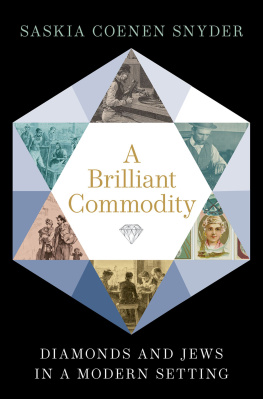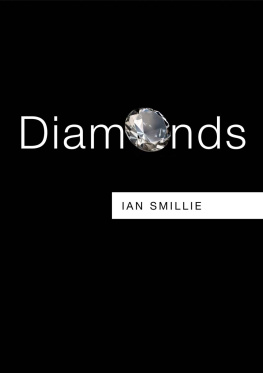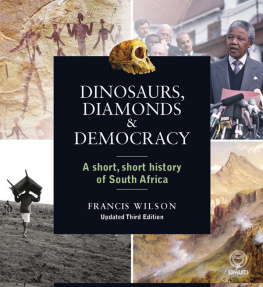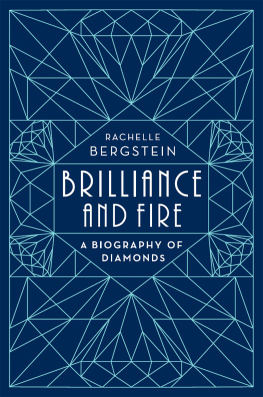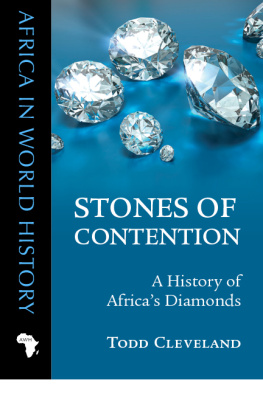A Brilliant Commodity

Oxford University Press is a department of the University of Oxford. It furthers the Universitys objective of excellence in research, scholarship, and education by publishing worldwide. Oxford is a registered trade mark of Oxford University Press in the UK and certain other countries.
Published in the United States of America by Oxford University Press
198 Madison Avenue, New York, NY 10016, United States of America.
Oxford University Press 2023
All rights reserved. No part of this publication may be reproduced, stored in a retrieval system, or transmitted, in any form or by any means, without the prior permission in writing of Oxford University Press, or as expressly permitted by law, by license, or under terms agreed with the appropriate reproduction rights organization. Inquiries concerning reproduction outside the scope of the above should be sent to the Rights Department, Oxford University Press, at the address above.
You must not circulate this work in any other form and you must impose this same condition on any acquirer.
Library of Congress Control Number: 2022943910
ISBN 9780197610473
eISBN 9780197610497
DOI: 10.1093/oso/9780197610473.001.0001
To Dashiell Finn,
whose light shines brighter than any diamond in this world
To us... a diamond stood for the making of history, for Empire, and for unbounded wealth. We knew that wars had been waged for the possession of such gems, that neither blackest crime nor oceans of blood could dim their piercing luster. We felt that every celebrated stone, whether shining on the breast of a lovely woman or blazing in the scepter of a king, was a symbol of power, a nucleus of tragedy, a focus of human passion.
W. C.
Contents
). It was a snapshot of Jewish diamond polishers at work in one of nearly seventy diamond factories operating in the Dutch capital at the end of the nineteenth century. Sitting on long wooden benches in front of spinning mills, several men stared into the camera, while others remained focused on the work at hand. They all wore long-sleeved shirts, aprons, and drooping mustaches. Their tired eyes locked with mine. Who were they? How did these Jodenfabrieken, or Jewish factories, come into being?
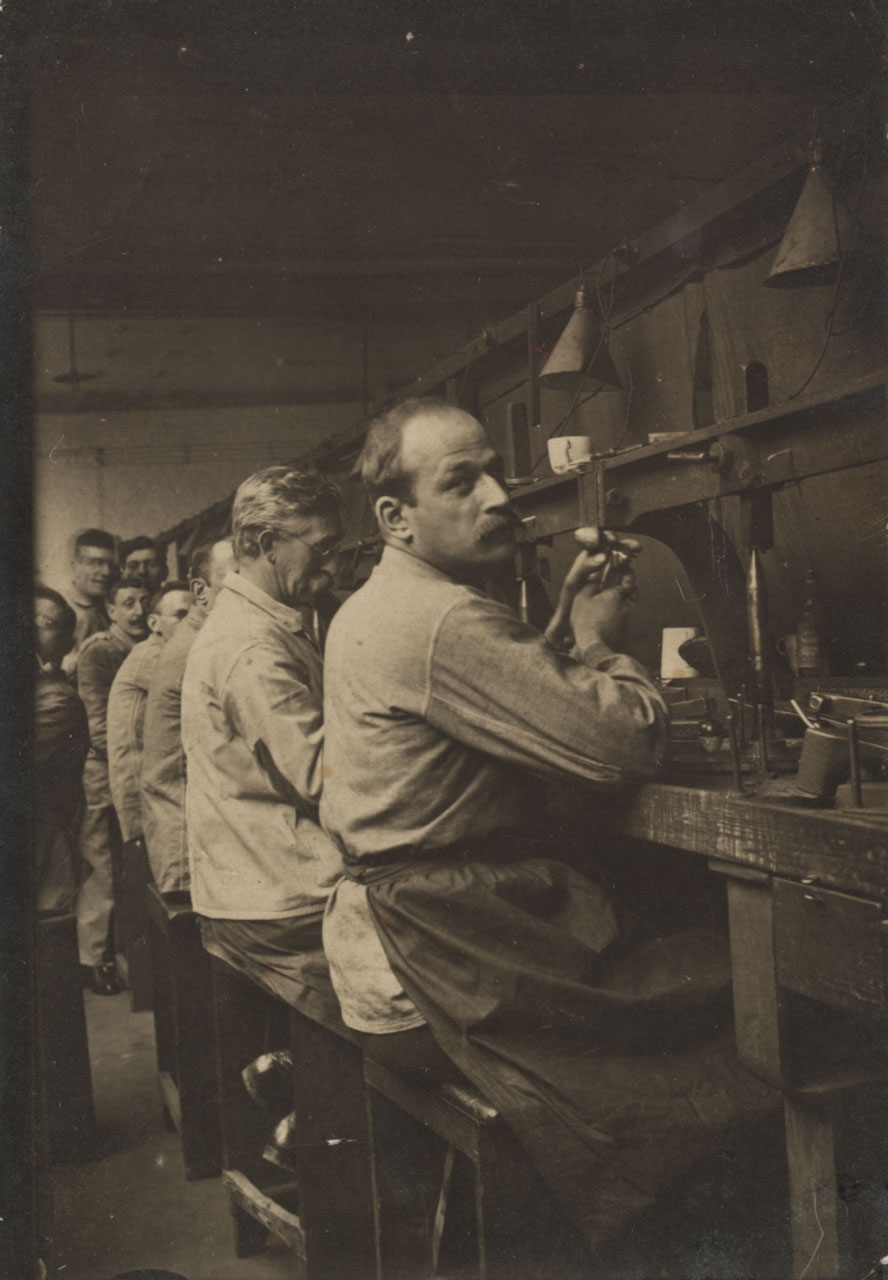
Figure P.1 Diamond Polishers Amsterdam, ca. 19001920. International Institute of Social History, Amsterdam: BG A23/56.
When I started digging for information, I was stunned to find a wealth of material exposing the weight of diamonds in Dutch-Jewish life and the capitals position as the epicenter of global gem manufacturing. By the late 1890s, roughly 60,000 Jews, or one-tenth of the city populationa proportion that would stay steady until the Holocaustlived in Amsterdam diamantstad (diamond city), half of whom relied economically on the stone. The sounds of 7,500 steam-powered polishing mills resonated through the urban landscape for fourteen hours a day. Newspaper boys delivered weeklies of the Diamond Workers Labor Union to thousands of Jewish families, the majority of whom were working-class people living in the Jodenbuurt, the old Jewish neighborhood. Diamond cleaving, cutting, and polishing skills were passed down from one generation to the next, with boys as young as twelve starting apprenticeships. Henri Polak, a Jewish polisher turned labor leader, would eventually secure for this proletarian workforce, by means of large-scale strikes and hard negotiations, a minimum wage and an eight-hour workdaya first in the economies of the Western world. If fin-de-sicle Paris and Berlin laid bare the poles of France and Germanybourgeois and bohemian, authoritarian and liberal, Catholic and anticlericalthe close of the nineteenth century in Amsterdam was no less fraught with the struggle for dominance in an economy anchored in an extractive industry in Africa, and with a product brought to market by a new Jewish working class that was clawing to get into society.
My explorations deepened with a research trip to South Africa, where I followed the passage of hundreds of thousands of carats moving from hand-dug mines in remote Kimberley to London company offices. Rough stones arrived in mailbags, sent across the South African heartland and the Atlantic Ocean to the capital of the British Empire. Cape Colony records charted the explosive growth of mineral exports. In 1869, as miners discovered massive deposits underneath their pitched tents, 16,542 carats, valued at 24,813or about 2.5 million by todays valuesreached London. Twenty years later, that number had increased to nearly forty million carats at a value of 46,031,1901/100 of the value today and a full third of the total exports of the entire Cape Colony. Jews were a vital part of this scene. Newspapers from the early 1870s frequently pointed to Jewish diamantkoopers (diamond buyers) in the fields, as well as to Jewish auctioneers, and merchant entrepreneurs who set up shop in the emerging city of canvas. They came from surrounding towns and coastal cities, from London and Lithuania. Touched by diamond fever, Jewish immigrants joined the thousands of people gravitating toward the northern Cape. Barney Barnato, a self-made diamond magnate, first crossed the 750 miles from Cape Town to Kimberley by foot, walking next to an oxcart to a new future.
My quest to learn more about Jews and gems in an age of imperial expansion brought to light transatlantic connections and the formation of a lasting commodity chain. Goods and capital moved at greater speed and in greater quantities from and to previously isolated territories. Jewish diasporic networks linked families and companies in faraway places, positioning Jews at the forefront of the international trade in South African stones. Records at the New York City Public Library disclosed how these diamond networks extended into America, the largest consumer of ornamental gems. New cutting and polishing factories in New York City ran on machinery imported from Holland, as were the workers manning them. Factory owners lured Jewish expert lapidaries across the sea, promising steady paychecks and new adventures. As I searched, map in hand, for old addresses on Nassau Street and Maiden Lane, some faades still featured the outsized glass windows that maximized natural light coming into the workshops, making it easier to work the small stones.
The story that unfolded showed Jews in Africa, Europe, and North America playing crucial roles in every segment of the commodity chain, as immigrant pioneers of the diamond fields and merchant buyers of rough stones, as cutters and polishers in Amsterdam factories and New York city jewelers. Their presence in the industry was sufficiently striking that Jews and diamonds became firmly linked in nineteenth-century popular imagination, a marriage that has persisted to this day.
The archives divulged patterns of economic mobility, as well as of hardship and misfortune. While being Jewish in the diamond business came with certain advantages, it did not guarantee success. There were many failures along the way, and contention between commercial partners was common. Jews in New York threatened the expulsion of immigrant lapidaries jeopardizing the status quo; in Amsterdam, Jewish union leaders fought bitterly with Jewish factory owners; and in Kimberley, Jewish merchants testified in court against their own brethren accused of illegal diamond dealing. Thus Jewish involvement in the industry, fostered by a background in mercantile trade, extensive contacts across oceans, and access to investment capital, did not preclude strife. Ethnic cooperation was practical and sometimes the only option; it was not ideological or always entirely conscious. What mattered most was the extraordinary historical moment when discovery and supply met soaring demand, accelerated by technological advancement, print culture, and the prevailing ethos of enterprise.

